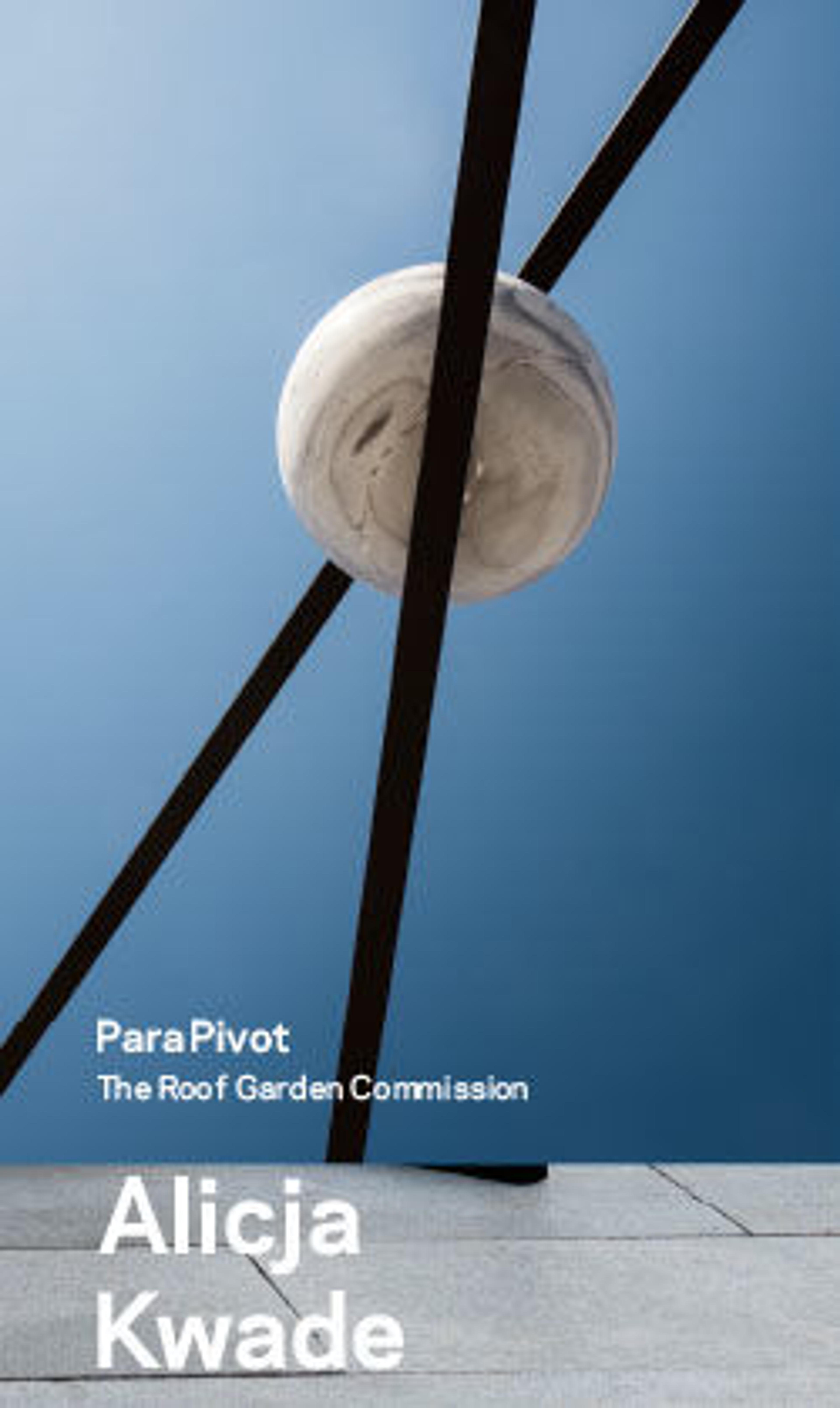Astrolabe of ‘Umar ibn Yusuf ibn ‘Umar ibn ‘Ali ibn Rasul al-Muzaffari
Artwork Details
- Title: Astrolabe of ‘Umar ibn Yusuf ibn ‘Umar ibn ‘Ali ibn Rasul al-Muzaffari
- Maker: ‘Umar ibn Yusuf ibn ‘Umar ibn ‘Ali ibn Rasul al-Muzaffari (Yemini, ruled 1295–96)
- Date: dated 690 AH/1291 CE
- Geography: Made in Yemen
- Medium: Brass; cast and hammered, pierced, chased, inlaid with silver
- Dimensions: Case (a): Max. W. 7 5/8 in. (19.4 cm)
Diam. 6 1/8 in. (15.6 cm)
D. 1/4 in. (0.6 cm)
Bar with attached nail (b): Max. H. 1 7/8 in. (4.8 cm)
Max. W. 1 1/8 in. (2.9 cm)
L. 5 in. (12.7 cm)
Net (c): Diam. 5 in. (12.7 cm)
Plates (d-g): Diam. 5 in. (12.7 cm)
Pin (h): L. 1 3/4 in. (4.4 cm)
W. 1/2 in. (1.3 cm) - Classification: Metal
- Credit Line: Edward C. Moore Collection, Bequest of Edward C. Moore, 1891
- Object Number: 91.1.535a–h
- Curatorial Department: Islamic Art
Audio
- Astrolabe of ‘Umar ibn Yusuf ibn ‘Umar ibn ‘Ali ibn Rasul
al-Muzaffari, Part 1
NARRATOR: Here, curator Stefan Heidemann is joined by Ellen Kenny:
STEFAN HEIDEMANN: We look here on a scientific object which is also an object of art. …It is an astrolabe, an instrument with which you can determine the stars. The stars give directions where you are and what time it is. …but more important is the direction of the Quibla, which is the direction to Mecca in order to find the right way to prostrate in your prayers and to find out the shifting prayer times. So you put your thumb into the ring at the top…and then, if you look at the back of the instrument, there is a tube. You look through the tube to a star, and then you adjust the dials on the front… And you see little spikes protruding from these rings. These show different stars and objects on the celestial sphere.
ELLEN KENNY: This is actually one of the best documented pieces of art in our collection. It has an inscription around it which explains that it was made by a Rasulid prince of Yemen. And we have the year of its making, which is 1291. And this prince was…an author of a number of scientific treatises. Among the treatises which he authored is what we believe to be an autographed copy in a library in Cairo which contains a description of devices like this, including this exact device.
STEFAN HEIDEMANN: Many princes of that time in Syria, Egypt, and in Yemen were poets and authors of books and, in this case, also astronomers.
NARRATOR: To hear more about astronomy, astrology, and science, press PLAY.
Listen to more about this artwork
More Artwork
Research Resources
The Met provides unparalleled resources for research and welcomes an international community of students and scholars. The Met's Open Access API is where creators and researchers can connect to the The Met collection. Open Access data and public domain images are available for unrestricted commercial and noncommercial use without permission or fee.
To request images under copyright and other restrictions, please use this Image Request form.
Feedback
We continue to research and examine historical and cultural context for objects in The Met collection. If you have comments or questions about this object record, please contact us using the form below. The Museum looks forward to receiving your comments.
